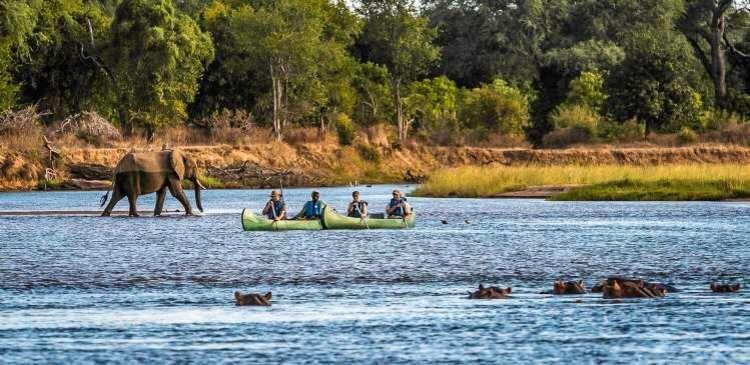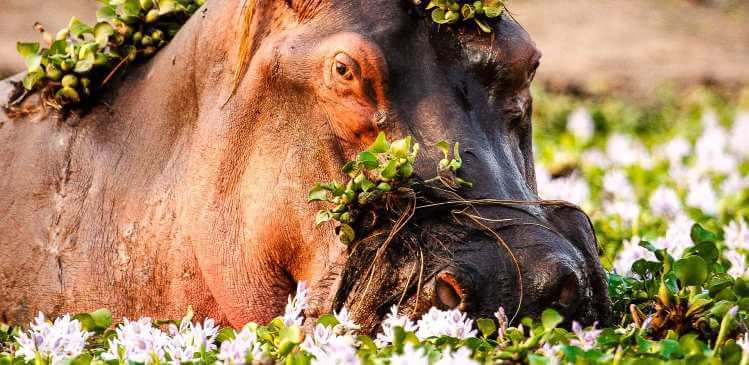
Zanzibar Collection and Bwejuu Village Tour
October 10, 2017
Baraza Resort & Spa – A review by Anne Beaty
October 24, 2017
Zanzibar Collection and Bwejuu Village Tour
October 10, 2017
Baraza Resort & Spa – A review by Anne Beaty
October 24, 2017
Come and Experience Mana Pools
If you want to experience the beautiful Mana Pools, it’s essential to know when to go because it’s a seasonal park.
Mana Pools access is limited during the wet months of mid/end November – March. The best time to visit is during the dry season months of late April through to mid-November. Despite the extreme heat and dryness during October and November visitors are rewarded by fantastic sightings as the animals congregate along the Zambezi floodplain and at Kanga Pan and Chitake Spring which are the only source of permanent water for miles around.
Although Tsetse flies are present year round, they are usually found in the shady mopane areas away from the river. Tsetse flies are more prevalent during the dry season and especially in October. Avoid black, and blue clothing as these colours tend to attract the flies

These days it’s impossible to predict the weather, but in general, one would expect the following seasonal changes:
April
April: a remarkable time of year with beautiful clear blue skies and lush green bush dotted with flowers. The animals are healthy, and there are a lot of babies around
May
May: by mid-May, the rains are over. The thick grass is beginning to dry out. Pans away from the river are full and the game dispersed. As the season creeps into winter the winter thorn trees on the floodplain come out in full leaf and flower with the promise of a good pod crop to sustain the game going through the dry season. Although the valley never reaches freezing early morning and late evening are beginning to cool down which is a reminder winter is on its way.
June
June: vegetation is beginning to thin out and, as the inland pans dry out, the animals start to move slightly closer to permanent water sources. Towards the end of the month until the end July/August the winter thorn trees drop their nutritional seed pods which are gobbled up by the elephant and whatever other game that can get a look in
July
July: is becoming cooler. Expect great elephant sightings as they move down to the river and to inland springs for their daily afternoon drink.

August
August: is windy. Leaves are falling, and the animals make their way to the river to drink as the last few pans dry out. The wind usually picks up at around 10.00, and by mid-afternoon the wind is calm. Out on the river, the days canoeing is planned around the wind factor
September
September: most of the shrubbery has disappeared, elephants are everywhere and plains game plentiful as they feast off the fruit of the fig and wild mango trees. The wild dog puppies are a few months old, and the dogs appear in full force on the floodplain. As temperatures begin to rise, tsetse flies become more prevalent.
October
October: very hot. Sightings are fantastic as there is always plenty of action. It’s during October when the tsetse flies are at their worst though.
November
November: hot, humid and dry as all the ground cover has gone creating a shortage of food. The rains begin towards the latter half of the month. Brief but spectacular afternoon thunderstorms bring down the temperature, and the floodplain soon transforms into a carpet of lush green grass
To truly enjoy the untouched beauty of Mana Pools, visit during the dry season months of late April through to mid-November. For fantastic sightings though consider enduring the extreme heat and dryness during October and November and be rewarded by watching animals congregate around the fresh water.




























